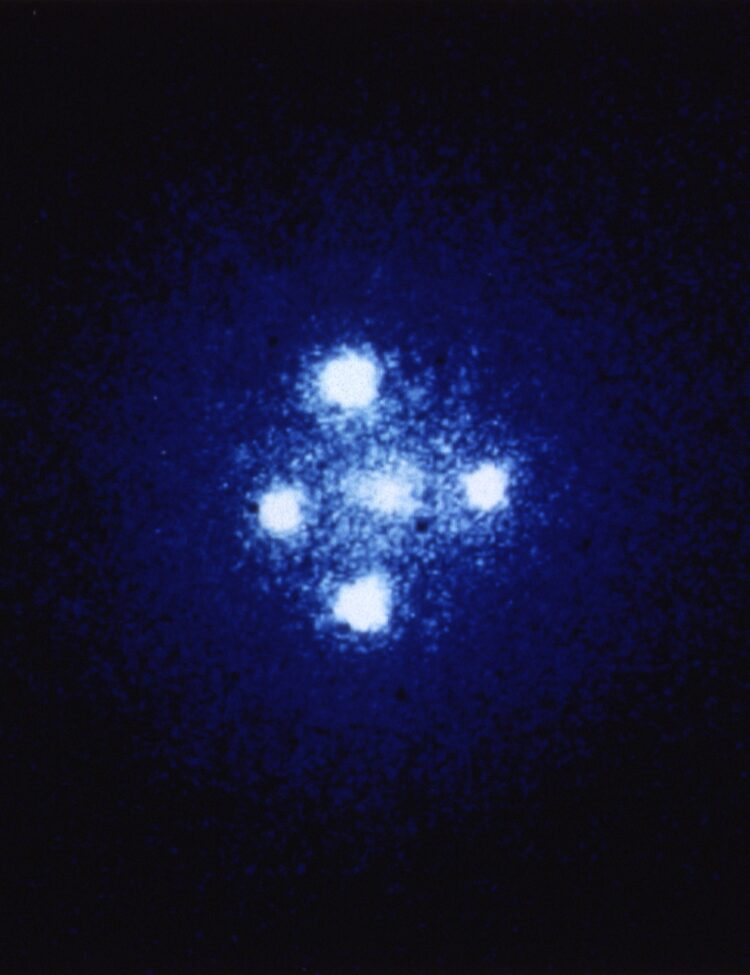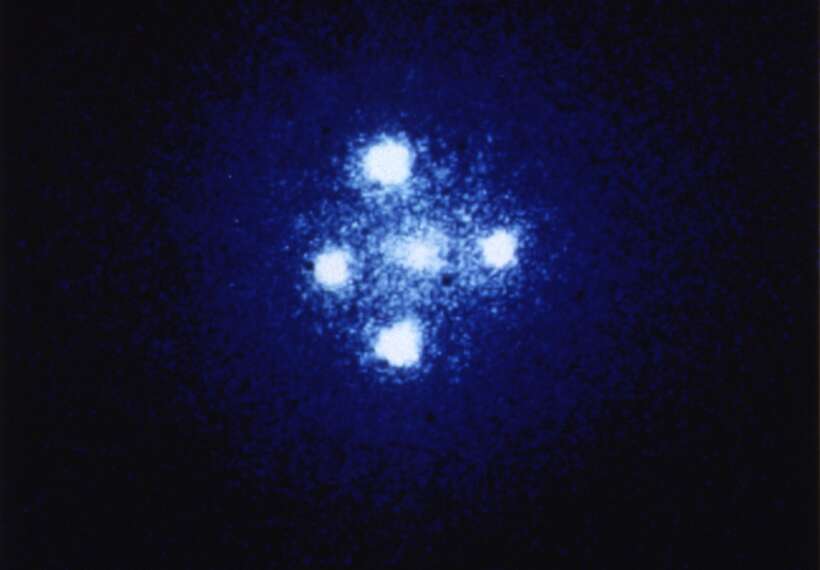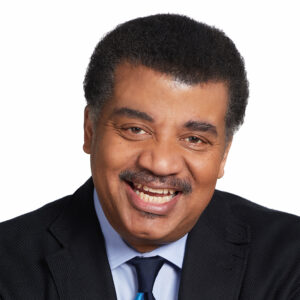About This Episode
Is space infinitely stretchable? Neil deGrasse Tyson and comedian Chuck Nice explore fan grab bag questions about supermassive black holes, Planck lengths, and the gravitational wave background with extragalactic astrophysicist and host of PBS Space Time, Matt O’Dowd.
Neil and Matt compare notes on science communicating on the internet. Learn why Neil would choose death by black hole and how falling into a supermassive black hole would be different from falling into a regular one. Could you communicate what happens on the inside?
Learn about the discovery of gravitational lenses, quasars, The Einstein Cross, and whether dark energy is changing over time. Will we find out what dark energy is in our lifetime? Could we zoom in on matter indefinitely? Is there such a thing as the smallest particle? We break down a Planck length, cosmological inflation, and whether space is infinitely stretchy. What happens to all the gravitational waves? Discover the gravitational wave background, how to find it, and what it could tell us about the universe.
Is there a correlation between the space compressed by black holes and the rate of expansion? We also discuss the mystery of the early universe uncovered by JWST. How do supermassive black holes form? Do we have any black hole clusters? Learn how NuSTAR will help us track the movements of black holes. Plus, does every object have an event horizon?
Thanks to our Patrons Nick Francis, nick lopez, John deLeo, Jeff Otis, Deano F, Ekam Khaira, and Jeffrey Tallcott for supporting us this week.
NOTE: StarTalk+ Patrons can listen to this entire episode commercial-free.




 Unlock with Patreon
Unlock with Patreon


 Become a Patron
Become a Patron